Inbox and Environment News: Issue 434
January 19 - 25, 2020: Issue 434
Hot Days Forecast: Please Keep Your Bird Baths Topped Up Or Put Out Shallow Dishes Of Water In The Shade For Local Fauna
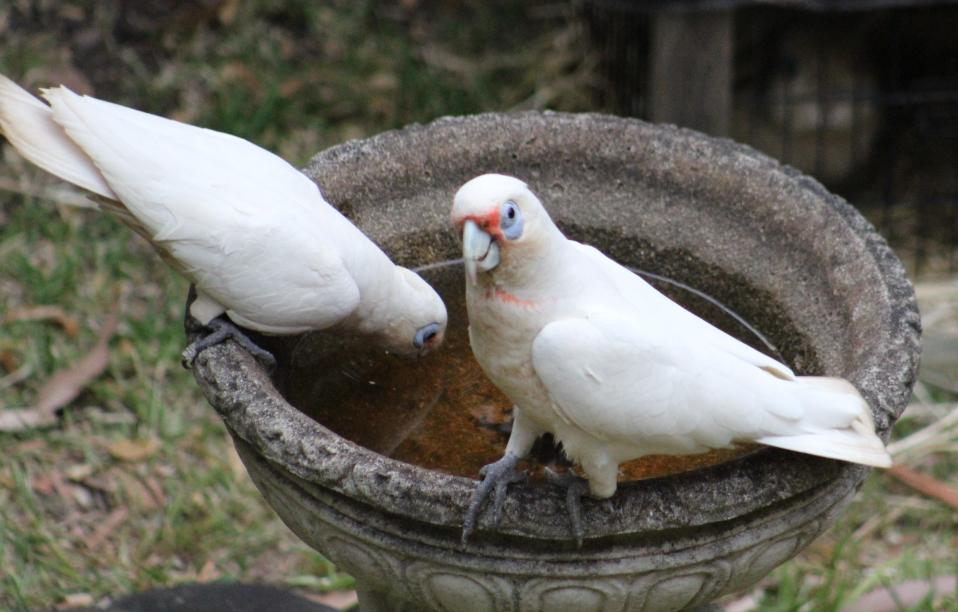
Green Turtle Eggs Found Here To Head North
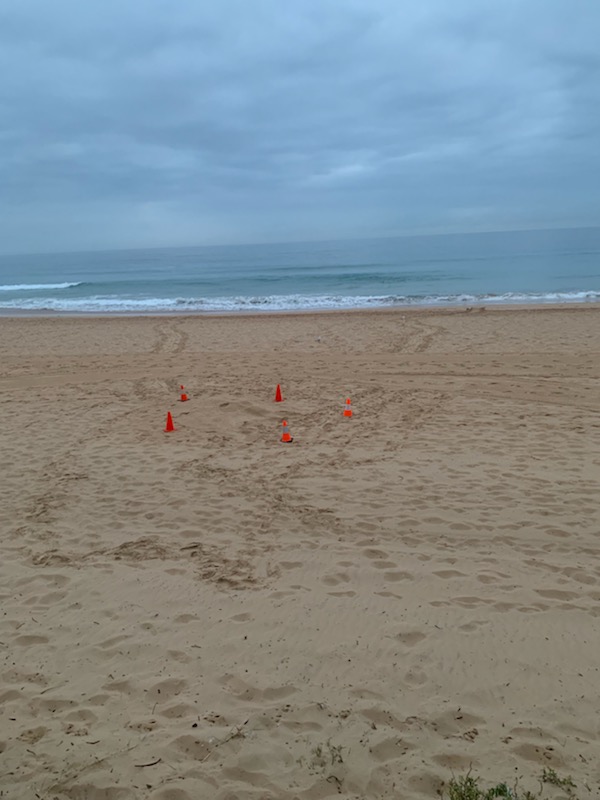
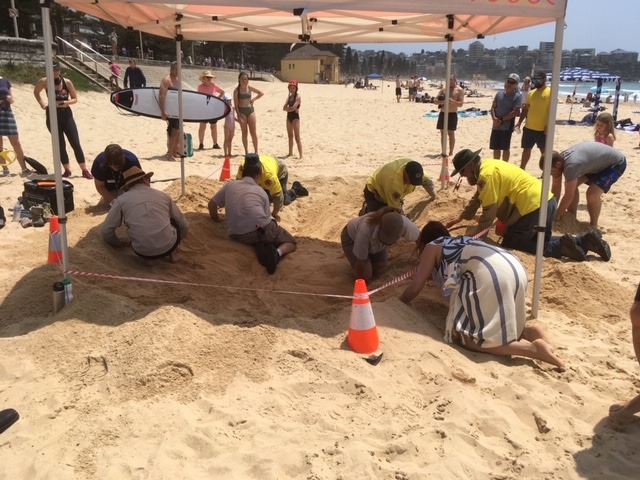
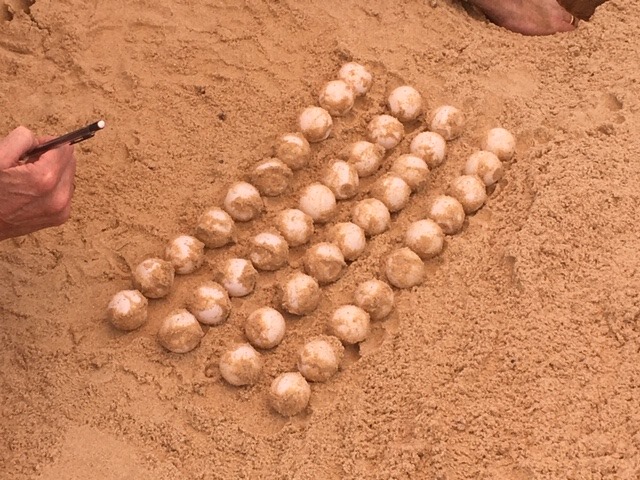
Koala Spotted In Belrose Area
- dog attacks - please keep your pets away from wildlife
- vehicles - slow down for wildlife particularly on Wakehurst Parkway, Mona Vale Road and Forest Way
- habitat destruction - over development on the NB is a major threat to our koalas and could eventually wipe them out.
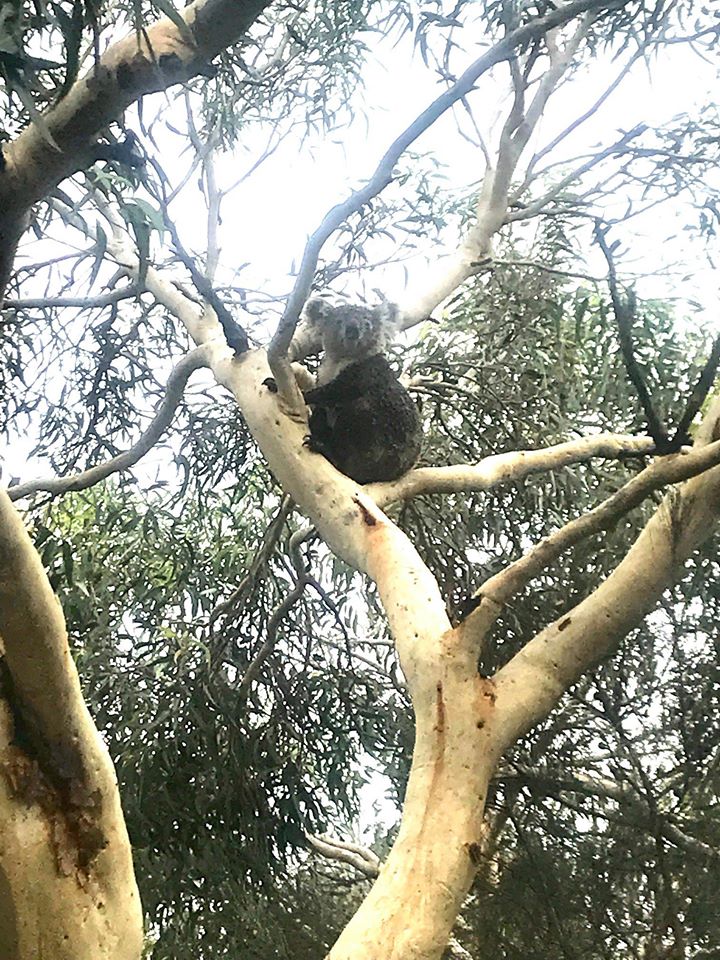
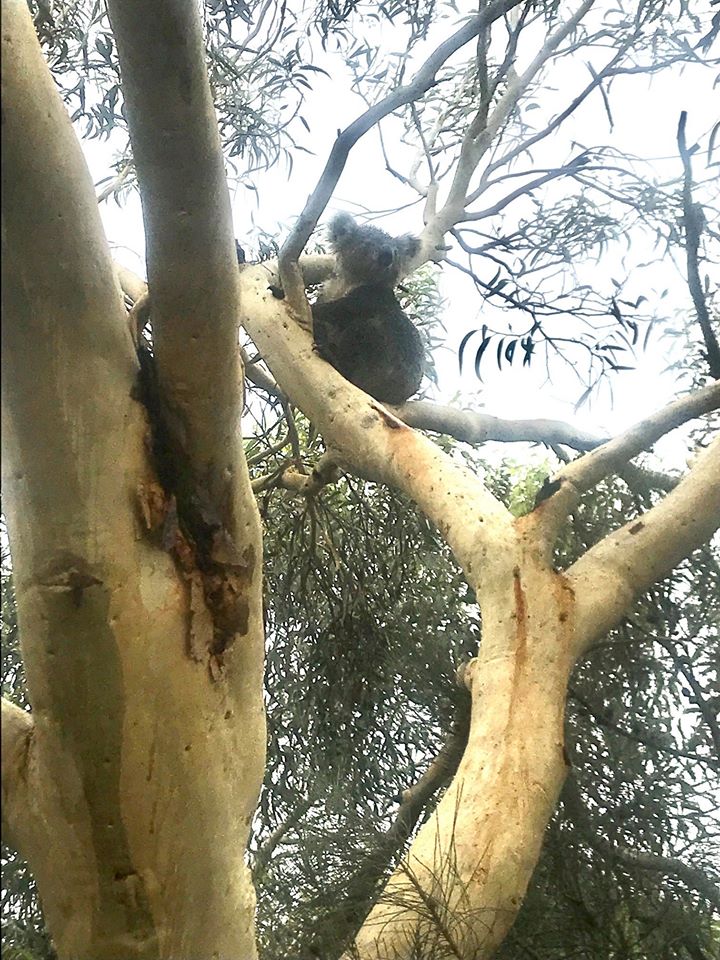
Narrabeen Beach & Lagoon Clean Up 2020
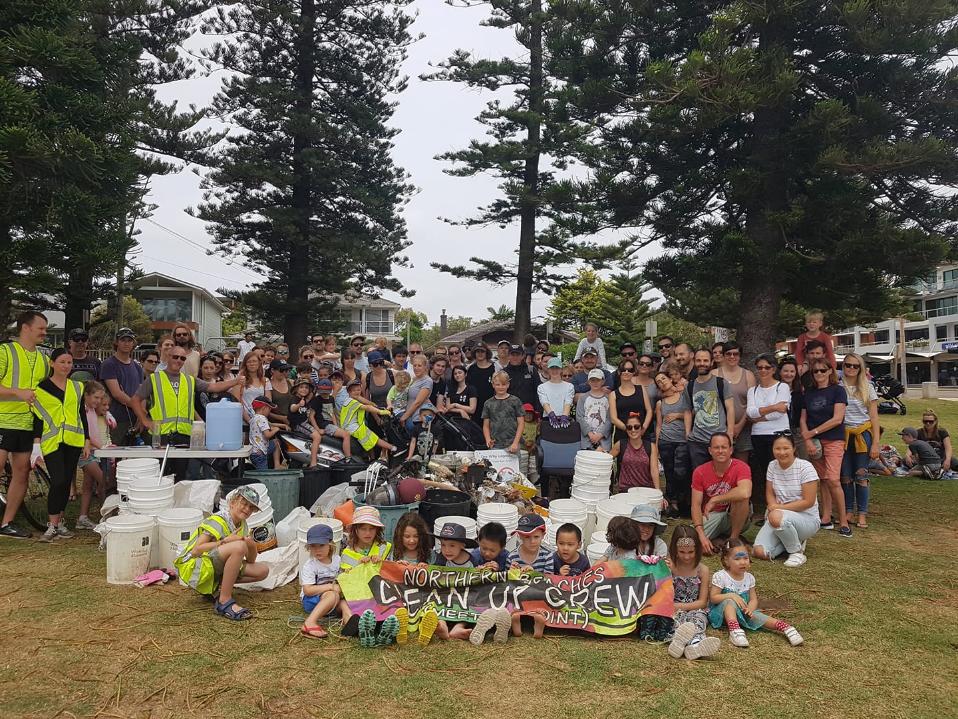
Save The Northern Beaches From Blasting And Drilling For Gas Event In Manly: Zali Steggal MP & Abigail Boyd MP Speakers
Friends Of Narrabeen Lagoon February 2020 Forum - Catchment Secrets Of Narrabeen Lagoon Catchment: Discoveries So Far In The 21st Century
 Next Forum: 7pm Monday Feb 24, 2020
Next Forum: 7pm Monday Feb 24, 2020Bushcare In Pittwater
Where we work Which day What time
Avalon
Angophora Reserve 3rd Sunday 8:30 - 11:30am
Avalon Dunes 1st Sunday 8:30 - 11:30am
Avalon Golf Course 2nd Wednesday 3 - 5:30pm
Careel Creek 4th Saturday 8:30 - 11:30am
Toongari Reserve 3rd Saturday 9 - 12noon (8 - 11am in summer)
Bangalley Headland 2nd Sunday 9 to 12noon
Bayview
Winnererremy Bay 4th Sunday 9 to 12noon
Bilgola
North Bilgola Beach 3rd Monday 9 - 12noon
Algona Reserve 1st Saturday 9 - 12noon
Plateau Park 1st Friday 8:30 - 11:30am
Church Point
Browns Bay Reserve 1st Tuesday 9 - 12noon
McCarrs Creek Reserve Contact Bushcare Officer To be confirmed
Clareville
Old Wharf Reserve 3rd Saturday 8 - 11am
Elanora
Kundibah Reserve 4th Sunday 8:30 - 11:30am
 Mona Vale
Mona Vale Mona Vale Beach Basin 1st Saturday 8 - 11am
Mona Vale Dunes 2nd Saturday+3rd Thursday 8:30 - 11:30am
Newport
Bungan Beach 4th Sunday 9 - 12noon
Crescent Reserve 3rd Sunday 9 - 12noon
North Newport Beach 4th Saturday 8:30 - 11:30am
Porter Reserve 2nd Saturday 8 - 11am
North Narrabeen
Irrawong Reserve 2nd Saturday 2 - 5pm
Palm Beach
North Palm Beach Dunes 3rd Saturday 9 - 12noon
Scotland Island
Catherine Park 2nd Sunday 10 - 12:30pm
Elizabeth Park 1st Saturday 9 - 12noon
Pathilda Reserve 3rd Saturday 9 - 12noon
Warriewood
Warriewood Wetlands 1st Sunday 8:30 - 11:30am
Whale Beach
Norma Park 1st Friday 9 - 12noon
Western Foreshores
Coopers Point, Elvina Bay 2nd Sunday 10 - 1pm
Rocky Point, Elvina Bay 1st Monday 9 - 12noon
Gardens And Environment Groups And Organisations In Pittwater
Pittwater Reserves
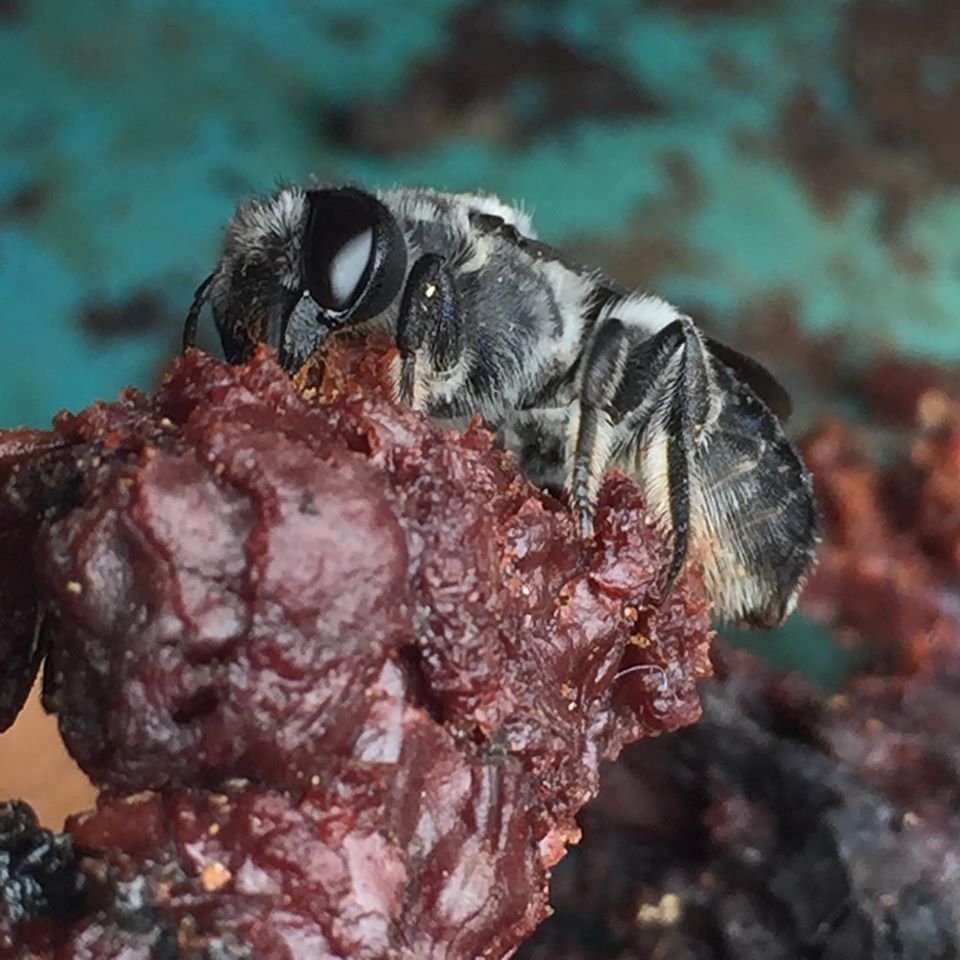
Grants Available To Reduce Climate Change Impacts
Foundation For National Parks & Wildlife Community Conservation Grants Are Now Open For Applications
- Land and Water - Protection, restoration, rehabilitation and revegetation of degraded habitats to ensure their ability to sustain native species.
- Threatened Species - Scientific research with tangible conservation outcomes and on-ground works to conserve Australia’s threatened species.
- Cultural Heritage - Conserving and celebrating Australia’s cultural heritage as part of the gift we leave to future generations.
- Parks for People - Improving National Park facilities for the enjoyment of all, to foster and encourage the appreciation of nature.
Aerial Food Drops For Endangered Wildlife
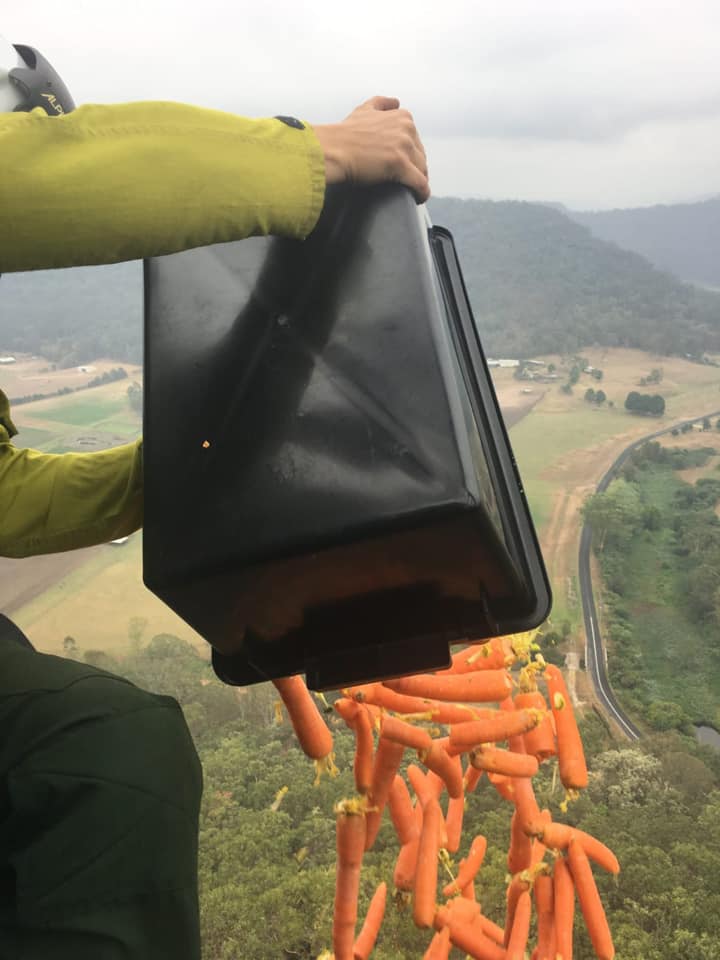
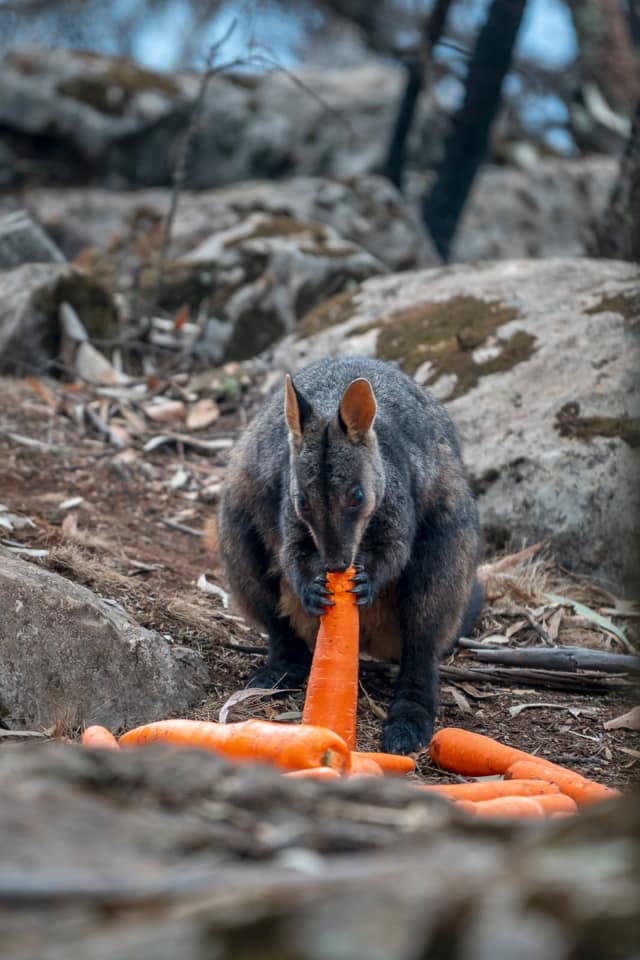
Taronga's Emergency Response To The Bushfire Crisis
- Taronga’s Wildlife Veterinarians and Veterinary Nurses are mobilising to support rescue efforts and rescue centres in fire affected areas, and are currently awaiting advice from regulatory agencies on the ground as to where they will be deployed
- Taronga is caring for an unprecedented number of injured and rescued wildlife impacted by the bushfires, heat stress and drought. This includes koalas, bats, wallabies, echidnas and more
- Taronga continues to care for 12 genetically valuable koalas who were rescued from the path of fire in the Blue Mountains by research group Science for Wildlife. It has since been confirmed that fire has
- destroyed their habitat. Taronga is providing expert care until it is deemed safe for the koalas to return to the wild
- A number of orphaned, heat-affected grey-headed flying fox are being fostered by Taronga staff after having been bought to the Wildlife Hospital by volunteer wildlife groups from across the state
- Taronga has platypus in our care that have been rescued from drying river systems. Taronga is providing expert care until conditions improve
New State Policy To Protect Koalas
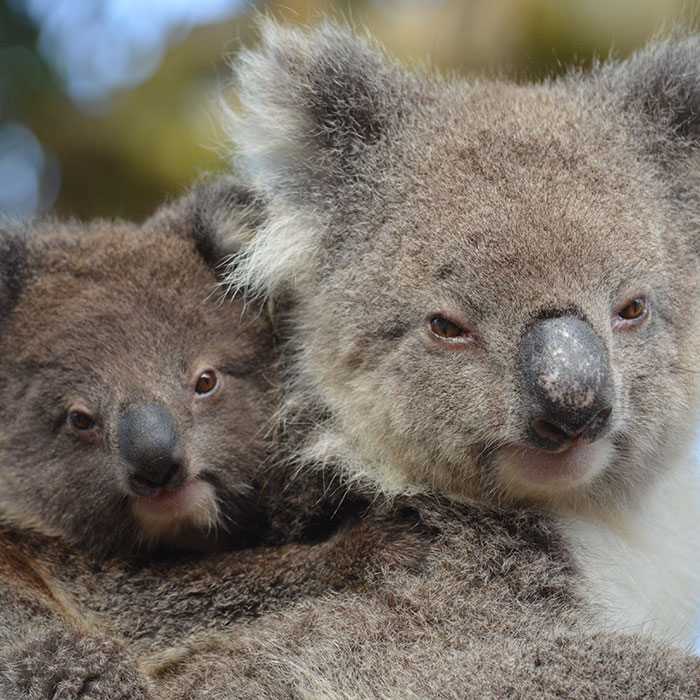
Koalas Can’t Bear Unrehabilitated Ipswich Mine Sites
KEPCO Launches “Insulting” Coal And Climate Appeal For Rejection Of Its Bylong Thermal Coal Mine
Territorians Tell Environment Minister They’ve Had A Gutfull: Approval To Frack Beetaloo Basin Snuck Through 2 Days Before Christmas
Calls For NSW Government To Show Backbone And Cancel Shenhua
Environment Groups Call For Logging Of Native Forests To Stop Until Bushfire Damage Is Assessed
“The impact on many species has been extreme and is ongoing. The full scale of wildlife losses will probably never be known, but they will surely number in the millions.“The effects of the catastrophic fires have been so far-reaching that allowing further loss of habitat and impact on native species would be unconscionable.“There needs to be a full assessment of the impact of the fires on the entire forest network, on threatened species and ecological communities, and reappraisal of existing wood supply commitments.“Without this information, the sustainability of harvesting operations cannot be guaranteed.“These unprecedented fires have jeopardised the long-term viability of threatened species populations and forest ecosystems in several areas.“We believe the developing crisis justifies the use of the force majeure clause of the Wood Supply Agreements as fire has significantly reduced the availability of native timber across State Forests.“These clauses, designed for extreme events such as these, will ensure that public money is not spend on FCNSW being unable to meet current Wood Supply Agreement obligations.”
“We therefore call on the government to ensure logging industry workers are supported during this process, either with alternative employment options, financial assistance or other worthwhile alternatives. We stand ready to engage constructively with the industry and government to achieve this goal.”
Just Add Water – Wonderful White-Naped Honeyeaters At Glen Alice
Aussie Bread Tags Collection Points

Davidson Rural Fire Brigade's 'Arduous' Firefighters
Davidson Rural Fire Brigade: November 22, 2019
Did you know there is more to firefighting than firetrucks? In addition to deploying crews on trucks, today we also deployed a crew of 4 ‘Arduous’ certified volunteer firefighters to the Gospers Mountain fire, north west of Sydney. These crews use firefighting techniques without water, in areas usually only accessible by foot or helicopter insertion.
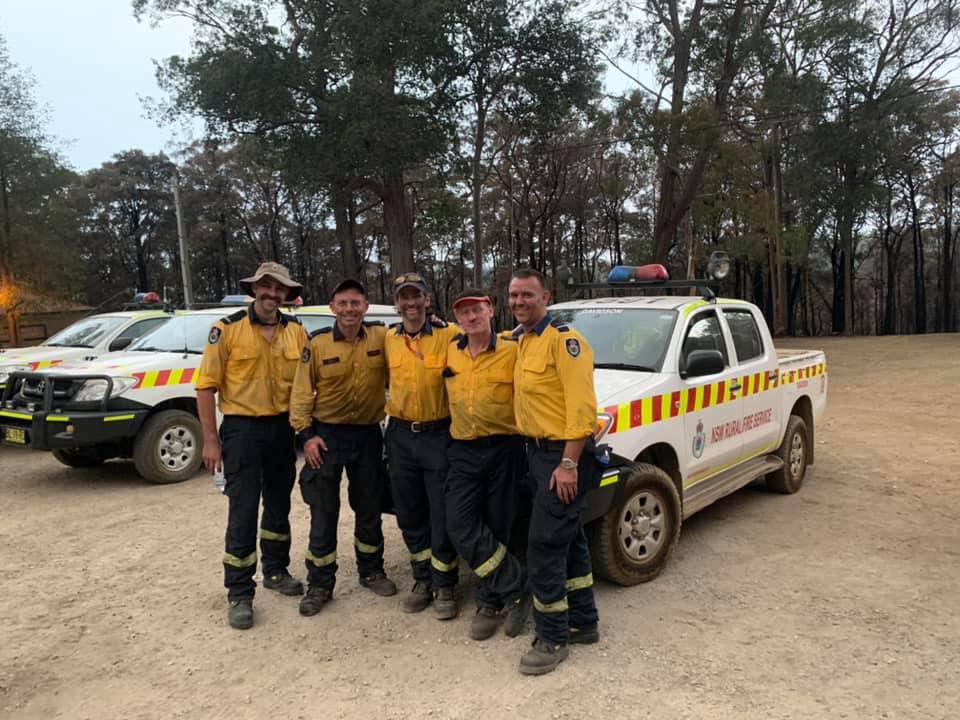
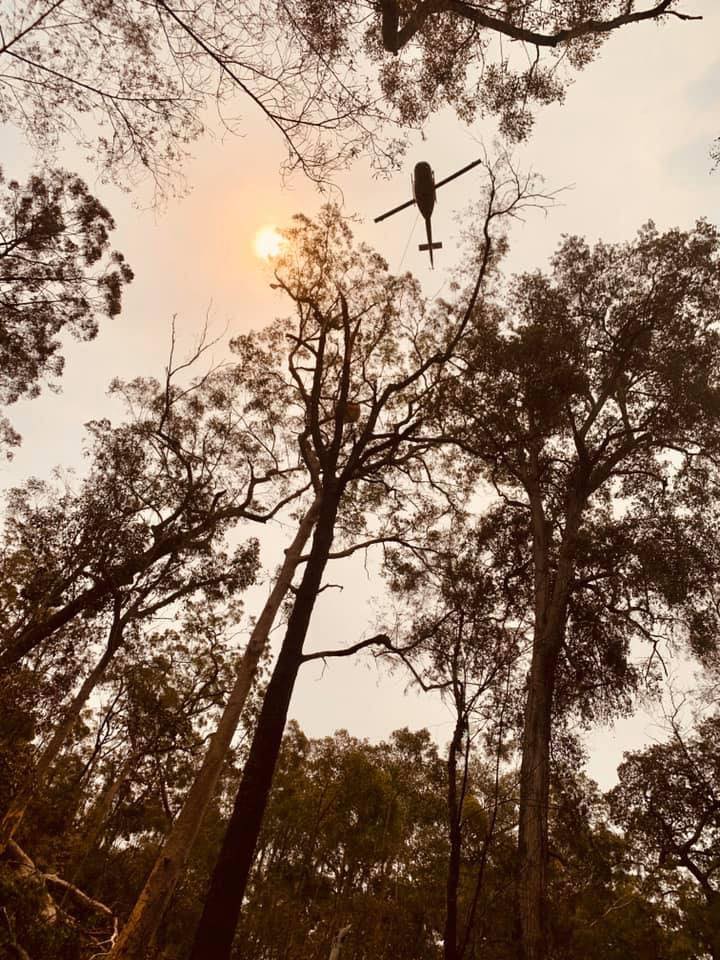
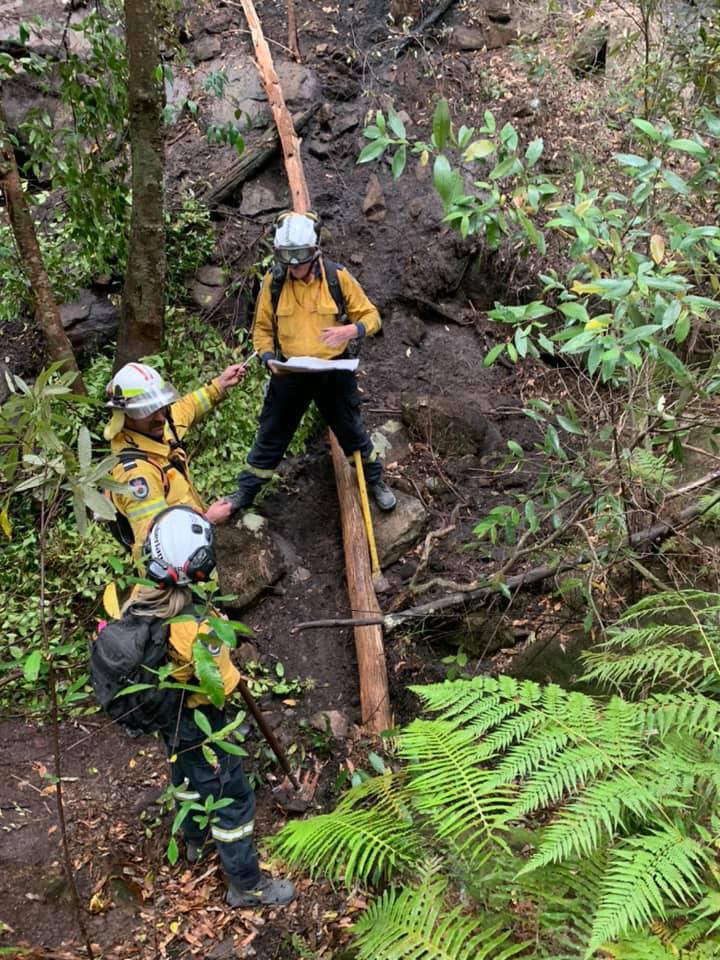
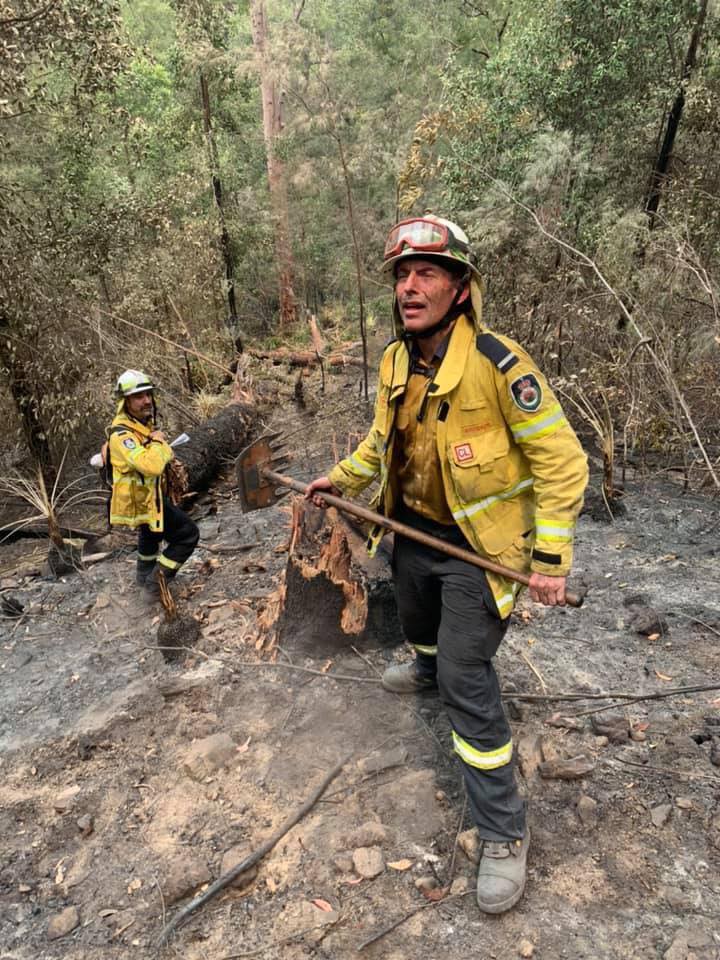
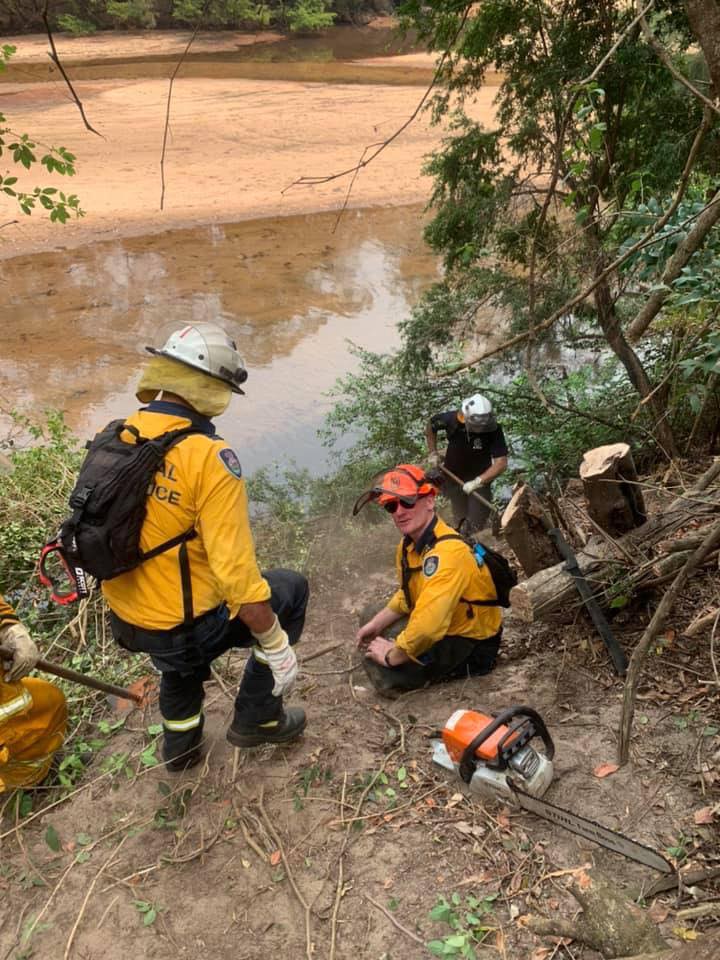
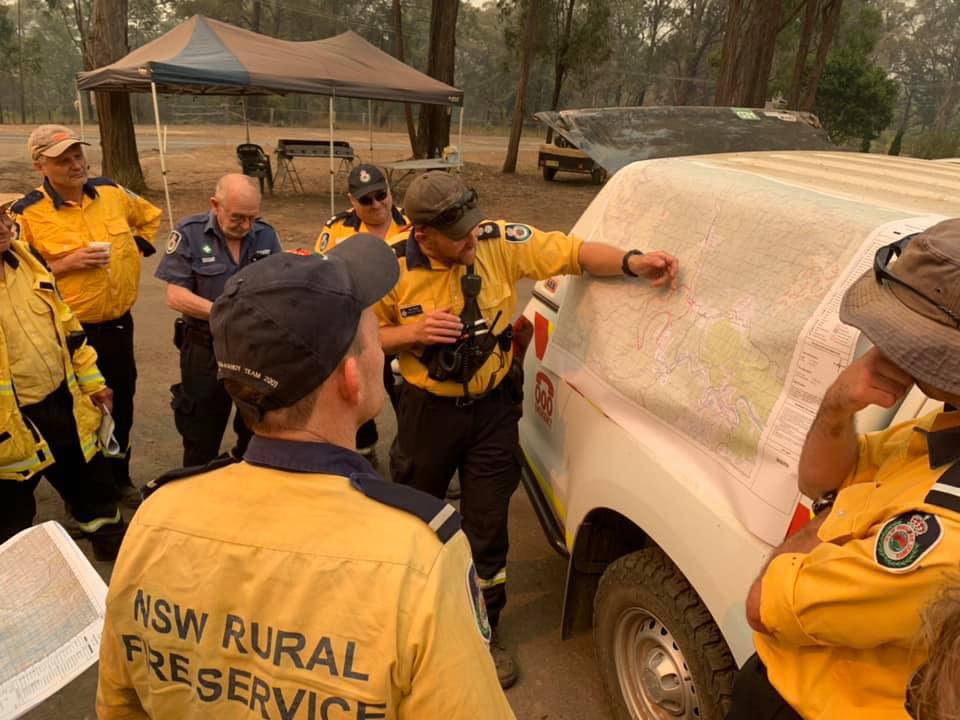

Fire Fighting Mission Saves Prehistoric Pines
January 15, 2020: NSW Government, Department of Environment
A specialist team of remote area firefighters have helped to save the prehistoric Wollemi Pines from this season’s bushfires, confirmed Environment Minister Matt Kean.
Mr Kean said the Wollemi Pines survived the dinosaurs and now they look like they’ll survive these bushfires thanks to the work of the NSW National Parks and Wildlife Service (NPWS) firefighters and the NSW Rural Fire Service.
“Wollemi National Park is the only place in the world where these trees are found in the wild and, with less than 200 left, we knew we needed to do everything we could to save them,” Mr Kean said.
“The pines, which prior to 1994 were thought to be extinct and whose location is kept secret to prevent contamination, benefited from an unprecedented environmental protection mission.”
The operation included large air tankers laying fire retardant and specialist firefighters being winched into the remote site from helicopters to set up an irrigation system in the gorge to increase moisture content of the ground fuels.
In advance of the fire, NPWS firefighters were again winched into the site to operate the irrigation system and as the fire approached, helicopters water bucketed the fire edge to reduce its impact on the groves of trees.
Mr Kean said the NSW Government has done a detailed scientific assessment and, while some trees are charred, the species has survived this summer’s fires.
“The 2019 wildfire is the first ever opportunity to see the fire response of mature Wollemi Pine in a natural setting, which will help us refine the way we manage fire in these sites long-term.”
Mr Kean said the full impact of the fire may not be known for some time so we need to do everything we can to ensure their long-term protection which really depends on maintaining confidentiality around the trees’ location and ensuring the public’s cooperation in not attempting to visit the sites.
“Illegal visitation remains a significant threat to the Wollemi Pines survival in the wild due to the risk of trampling regenerating plants and introducing diseases which could devastate the remaining populations and their recovery.
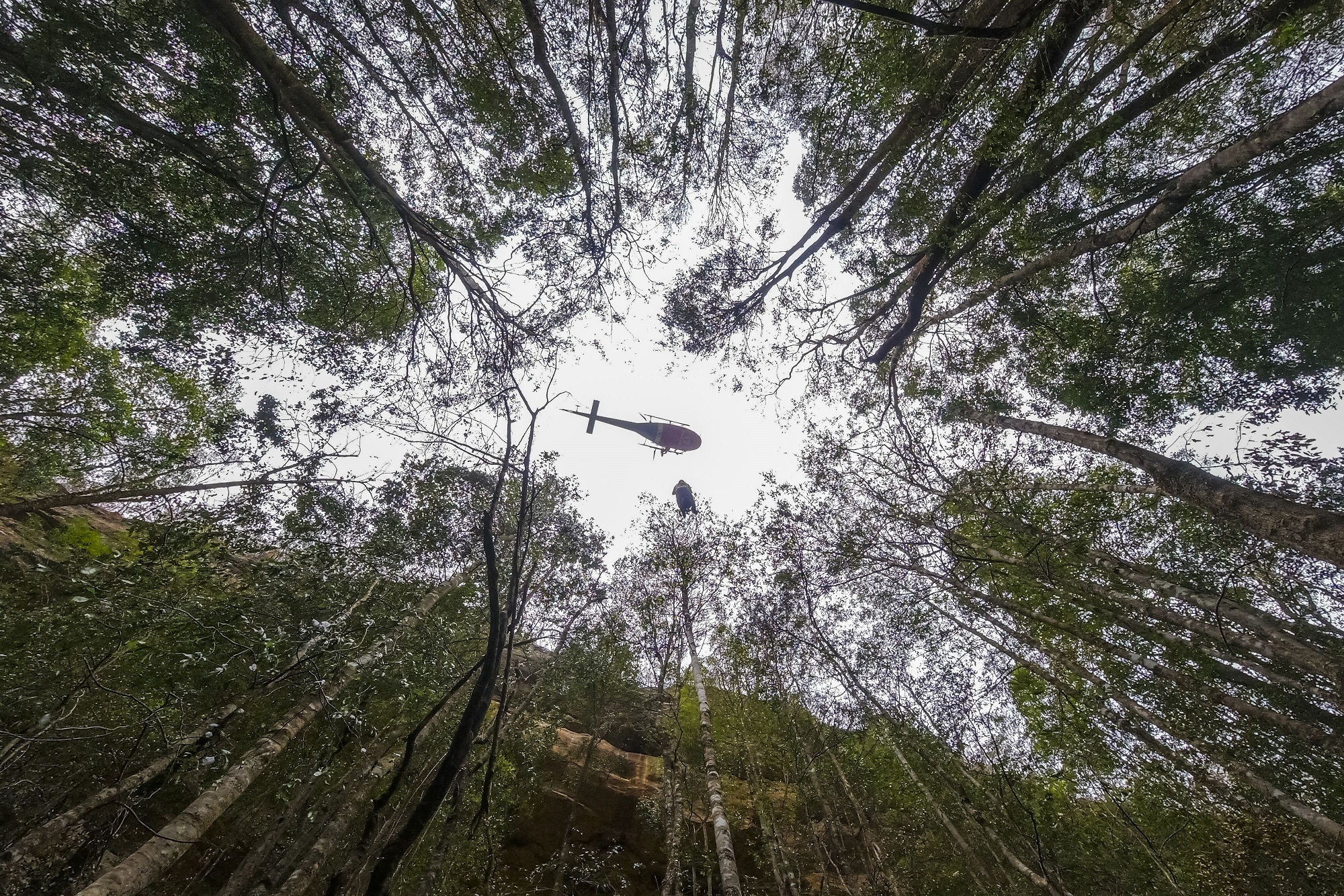
Wollemi pine (Wollemia nobilis) trees savers - Photo: J Plaza/DPIE
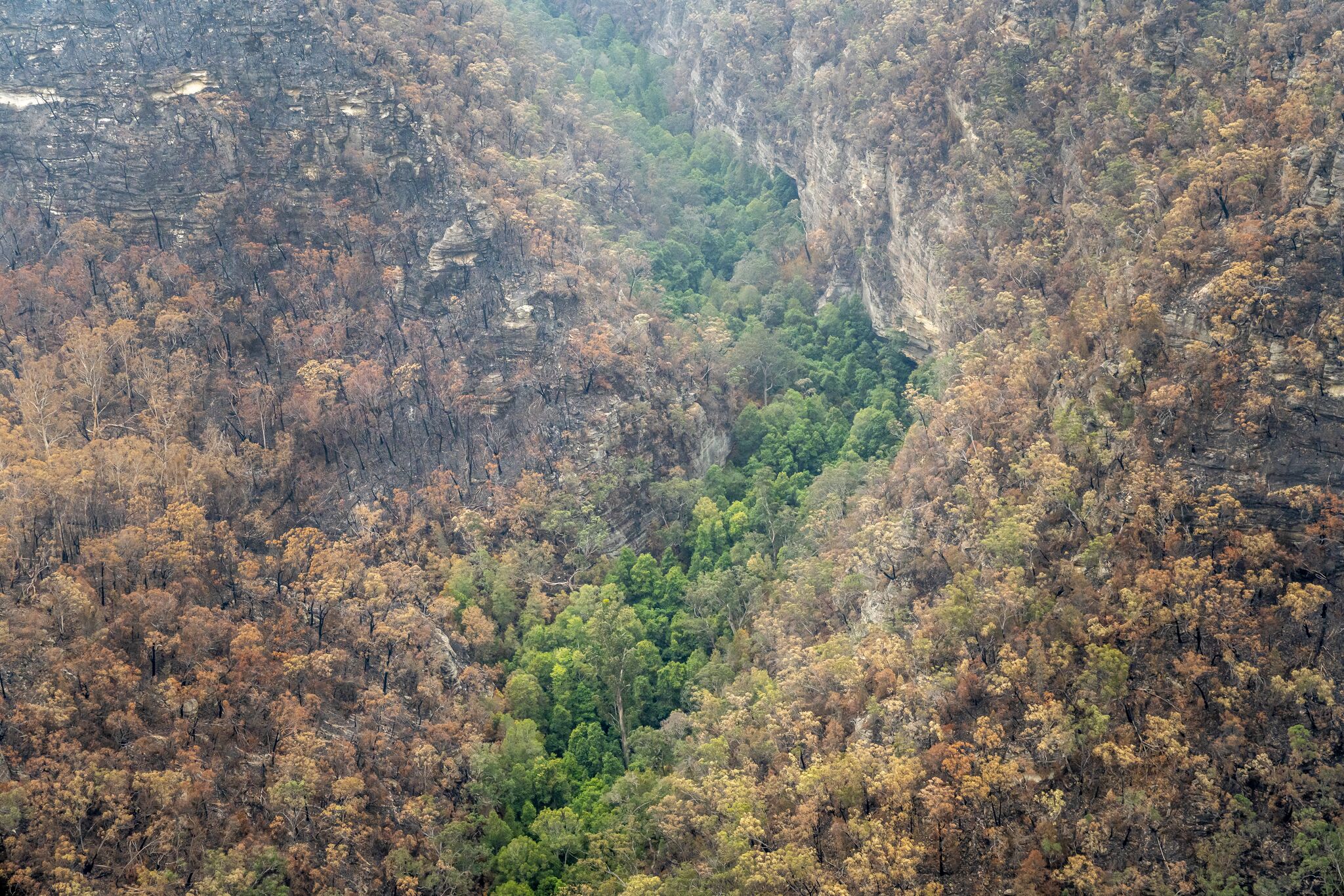
Wollemi pine (Wollemia nobilis) trees savers - Photo: J Plaza/DPIE
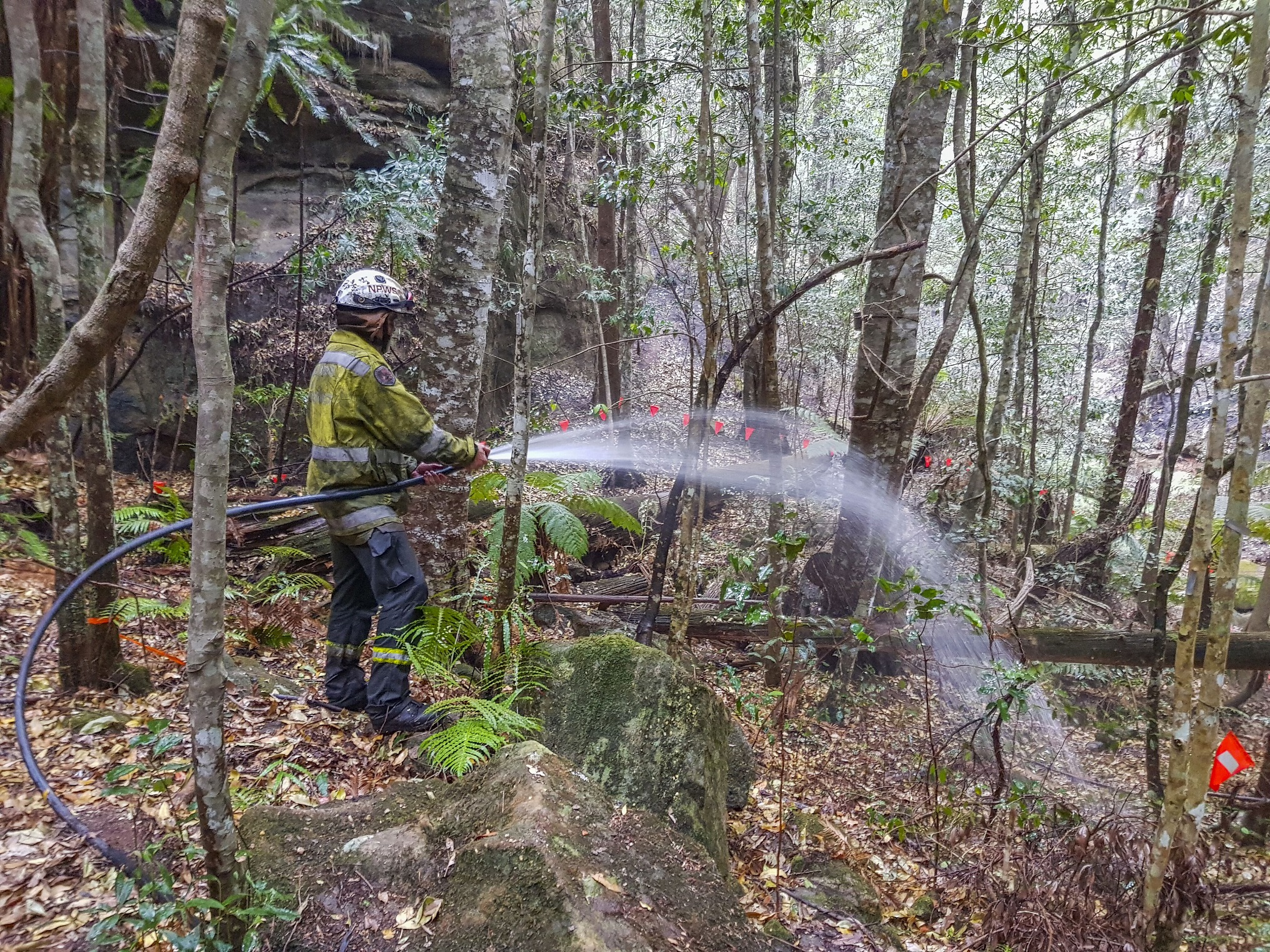
Wollemi pine (Wollemia nobilis) trees savers - Photo: J Plaza/DPIE
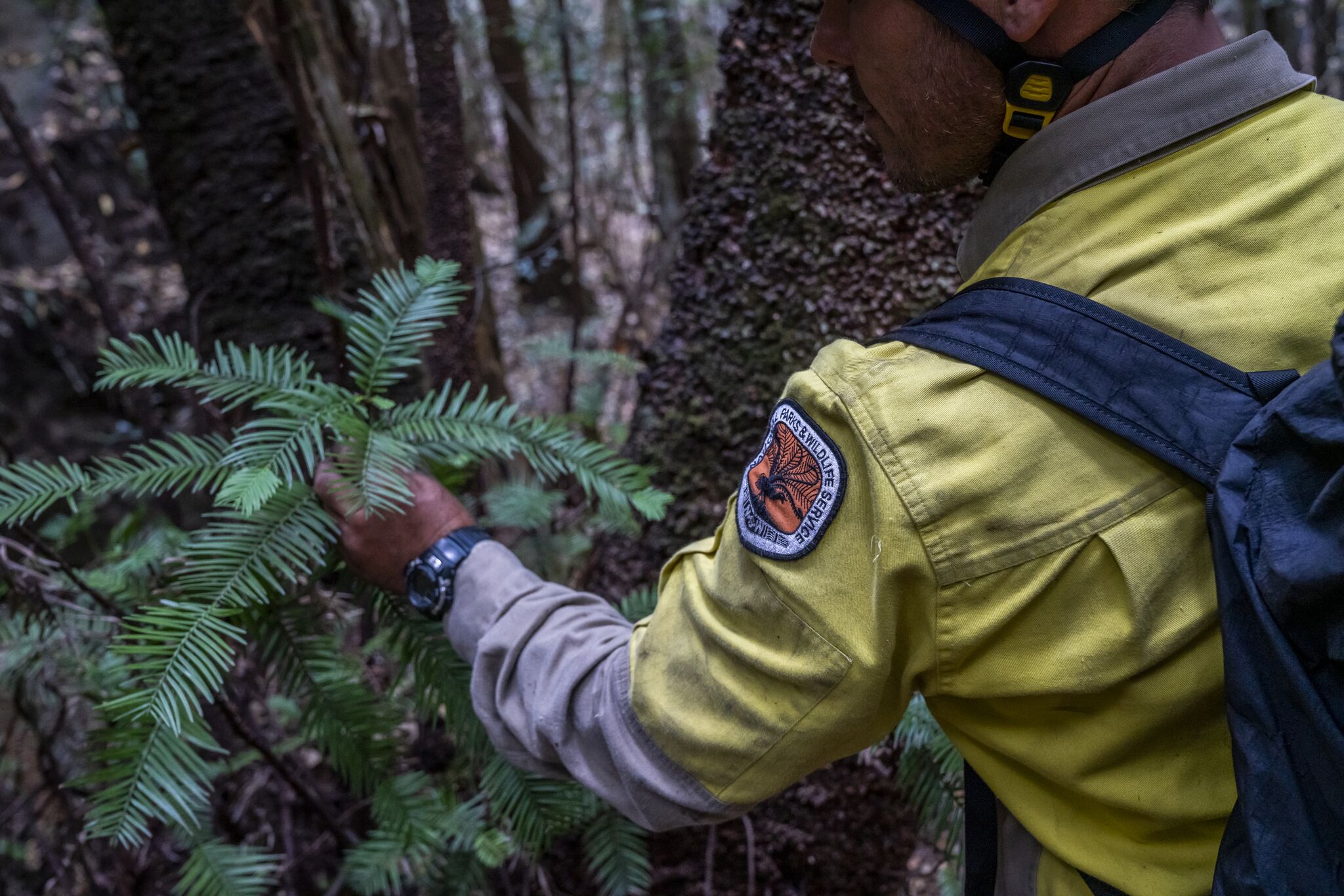
Wollemi pine (Wollemia nobilis) trees savers - Photo: J Plaza/DPIE
Reminder: Triple J's Hottest 100 Voting Closes This Monday, January 20th
- Mon 20 Jan, 2020: Voting closes, 3pm AEDT
- Sat 25 Jan, 2020: Hottest 100, from 12pm AEDT
- Sun 26 Jan 2020: All-Australian music for Australia Day
- Mon 27 Jan 2020: Hottest 200-101 on triple j and Hottest 100 of 1999 on Double J, from 10am AEST
Back To School Soon!
Australian Meteorite Contains The Oldest Material On Earth: 7-Billion-Year-Old Stardust
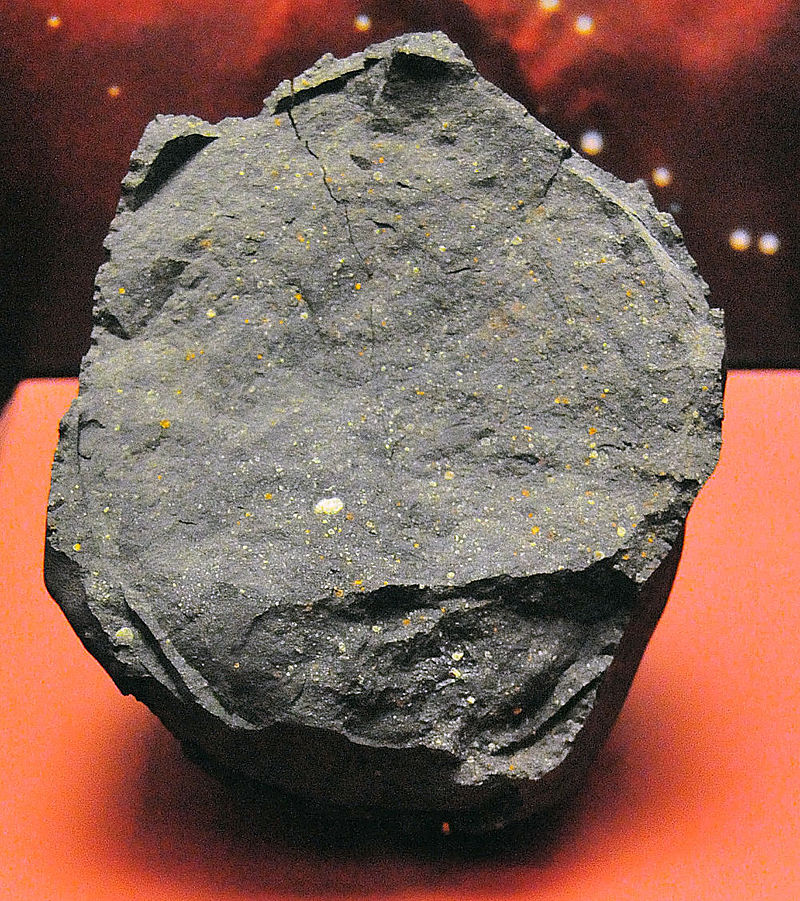
Novel Avian Species: 10 New Bird Taxa In Islands Of Wallacea
- On Taliabu, they found three new species: the Taliabu Grasshopper-Warbler, the Taliabu Myzomela and the Taliabu Leaf-Warbler; as well as three subspecies: the Taliabu Snowy-browed Flycatcher, Taliabu Island Thrush and Sula Mountain Leaftoiler.
- On Peleng, two new species -- the Peleng Fantail and the Peleng Leaf-Warbler -- and a new subspecies -- the Banggai Mountain Leaftoiler -- were discovered.
- On Togian, a new subspecies -- the Togian Jungle-Flycatcher -- was found.
%20960.jpg?timestamp=1578973733351)